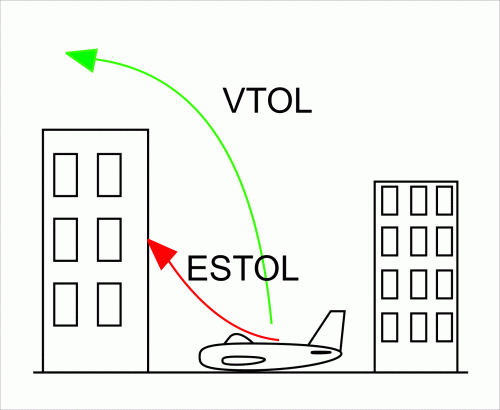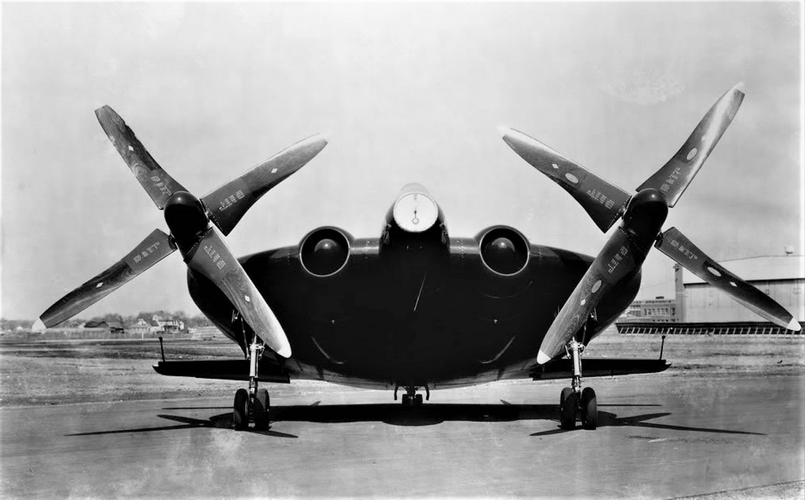Avimimus
ACCESS: Top Secret
- Joined
- 15 December 2007
- Messages
- 2,426
- Reaction score
- 908
The ability to operate without a runway is attractive. This allows dispersal, making aircraft difficult for an enemy to take out on the ground or predict.
There is also the possibility that a fighter could use a FARP - allowing it to operate in areas without airfields or to operate closer to the front lines (allowing faster responses to threats or calls for CAS).
Theoretical benefits (other than VTOL):
- Excess power (excellent acceleration) is theoretically possible. This is especially true if the lift engines can be engaged for short periods in forward flight.
- A reduction in wing area is possible (theoretically allowing for higher cruising speeds with less induced drag)
Why this doesn't help:
- Complexity and difficulties of design (e.g. correct spacing of thrust, problems with area ruling, control mechanisms at low speed, ground heating, hot air ingestion, the difficulty addressing engine failure).
- Fuel load is limited by the total thrust of the engines at takeoff. Furthermore, the engines add excess weight and volume. So range will fundamentally be much lower than a CTOL design. Similarly, any armament or equipment will be cutting into scarce fuel reserves.
- The actual excess power required for VTOL work isn't used for low-altitude as air-density and supersonic heating will keep your speeds below Mach 1.3 anyway (and then only for short periods of time). So it is basically useless for a low altitude aircraft.
- The excess power could allow high supersonic speeds at altitude. However, the fuel used in climbing to altitude means that interception range will be very limited. In general a CTOL interceptor of equal weight can patrol for longer, can afford a longer climb and can operate off of a conventional airfield further from the front.
As a result, almost every lift-jet design has been a failure.
So what works?
- The Harrier Jump-Jet obviously worked (although typically in a CTOL mode).
- A tail sitter (like the Sukhoi Shkval/Squall studies) might work as a point interceptor (similar to a Komet or Natter but with more efficient turbojet engines).
- What about larger aircraft? Any economies of scale (i.e. how was the YAK-133 a good idea?)
A better solution to the requirements?
A possible compromise would be an ESTOL design - using some lift jets or blown flap technology, but also able to operate as a high speed fighter or attack aircraft. Something like the Sukhoi T-6.
Could a high-subsonic/supersonic aircraft be designed that takes off and lands on an unprepared strip that is less than 200 metres in length (a supersonic OV-10?)
Anyone know of some designs along these lines?
What do you think of the overall problem?
There is also the possibility that a fighter could use a FARP - allowing it to operate in areas without airfields or to operate closer to the front lines (allowing faster responses to threats or calls for CAS).
Theoretical benefits (other than VTOL):
- Excess power (excellent acceleration) is theoretically possible. This is especially true if the lift engines can be engaged for short periods in forward flight.
- A reduction in wing area is possible (theoretically allowing for higher cruising speeds with less induced drag)
Why this doesn't help:
- Complexity and difficulties of design (e.g. correct spacing of thrust, problems with area ruling, control mechanisms at low speed, ground heating, hot air ingestion, the difficulty addressing engine failure).
- Fuel load is limited by the total thrust of the engines at takeoff. Furthermore, the engines add excess weight and volume. So range will fundamentally be much lower than a CTOL design. Similarly, any armament or equipment will be cutting into scarce fuel reserves.
- The actual excess power required for VTOL work isn't used for low-altitude as air-density and supersonic heating will keep your speeds below Mach 1.3 anyway (and then only for short periods of time). So it is basically useless for a low altitude aircraft.
- The excess power could allow high supersonic speeds at altitude. However, the fuel used in climbing to altitude means that interception range will be very limited. In general a CTOL interceptor of equal weight can patrol for longer, can afford a longer climb and can operate off of a conventional airfield further from the front.
As a result, almost every lift-jet design has been a failure.
So what works?
- The Harrier Jump-Jet obviously worked (although typically in a CTOL mode).
- A tail sitter (like the Sukhoi Shkval/Squall studies) might work as a point interceptor (similar to a Komet or Natter but with more efficient turbojet engines).
- What about larger aircraft? Any economies of scale (i.e. how was the YAK-133 a good idea?)
A better solution to the requirements?
A possible compromise would be an ESTOL design - using some lift jets or blown flap technology, but also able to operate as a high speed fighter or attack aircraft. Something like the Sukhoi T-6.
Could a high-subsonic/supersonic aircraft be designed that takes off and lands on an unprepared strip that is less than 200 metres in length (a supersonic OV-10?)
Anyone know of some designs along these lines?
What do you think of the overall problem?


